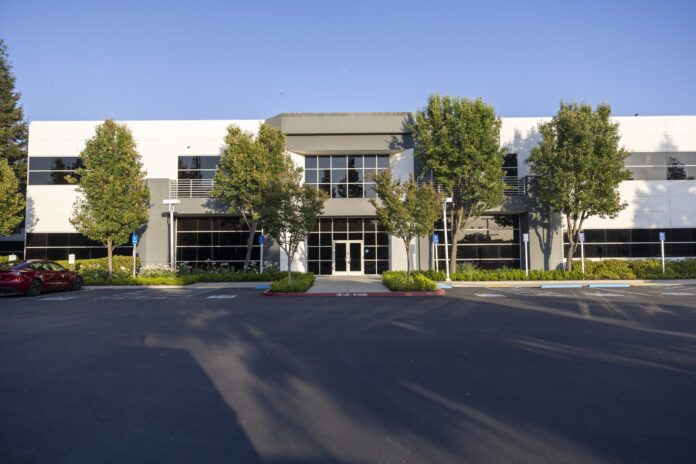Introduction to Muon Space
Muon Space, a four-year-old small satellite maker, has announced $89.5 million in new funding to scale production and acquire propulsion startup Starlight Engines. This move brings the venture’s total Series B funding to $146 million, following $56.7 million secured last year. The company is growing rapidly, with a 50% increase in its team to 150 employees since December, and is actively hiring for numerous roles.
Expansion and Production
The new funding will support the production of 500 satellites per year in the 100–500+ kilogram class. According to CEO Jonny Dyer, the company is seeing clear demand signals from new and existing customers in both commercial and government sectors. By the end of 2027, Muon expects to meet demand for around 100 satellites per year, based on current contracts and pipeline planning.
Building Heritage
Muon deployed its first satellite, MuSat-1, in 2023, two years after its founding. The satellite was deorbited at the end of 2024 after completing its mission. MuSat-2, launched in 2024, remains operationally healthy and supports Department of Defense weather programs. The company’s third satellite, launched in March 2025, serves as the protoflight for FireSat, a low Earth orbit wildfire-monitoring system developed in partnership with nonprofit Earth Fire Alliance.
Customers and Partnerships
Muon has announced several customers, including the National Reconnaissance Office, Space Force, and Space Development Agency. The company has also partnered with Google Research and other non-governmental organizations to support the FireSat project. Additionally, Muon is set to deploy a thermal-infrared imagery satellite for Hydrosat and three spacecraft for Sierra Nevada Corporation’s commercial radio frequency remote sensing system this year.
Production Facility and Capabilities
The funding also supports the recent opening of a 12,000-square-meter production facility in San Jose, California, designed to manufacture and test satellites from raw materials to finished spacecraft. This facility enables Muon to produce hundreds of satellites per year, offering customers build-to-launch timelines measured in months.
Starlight Engines Acquisition
Muon’s acquisition of Starlight Engines, a startup developing solid-propellant Hall-effect thrusters, extends the company’s vertically integrated Halo satellite platform. Starlight’s zinc-fueled thruster system reduces costs and supply chain vulnerabilities associated with traditional xenon and krypton-based systems. By bringing this technology in-house, Muon can accelerate delivery timelines, improve schedule reliability, and enhance overall mission performance.
Conclusion
Muon Space’s new funding and acquisition of Starlight Engines position the company for significant growth and expansion in the satellite manufacturing industry. With its increased production capabilities, vertically integrated platform, and reduced supply chain risks, Muon is well-equipped to meet the growing demand for satellites in the commercial and government sectors. As the company continues to scale and innovate, it is likely to play a major role in shaping the future of the satellite industry.

